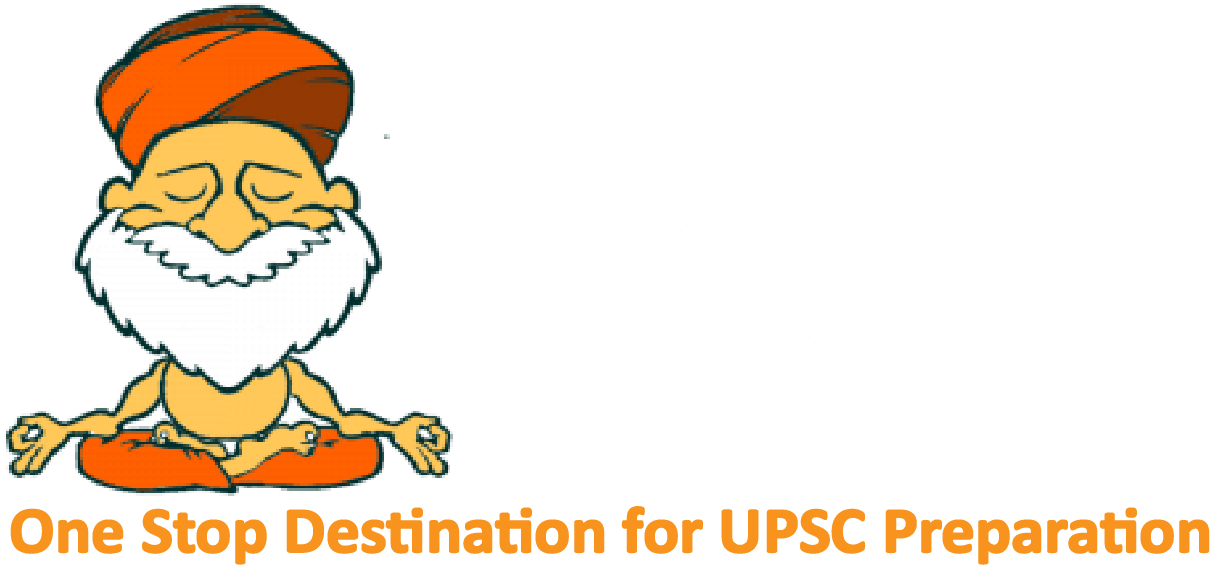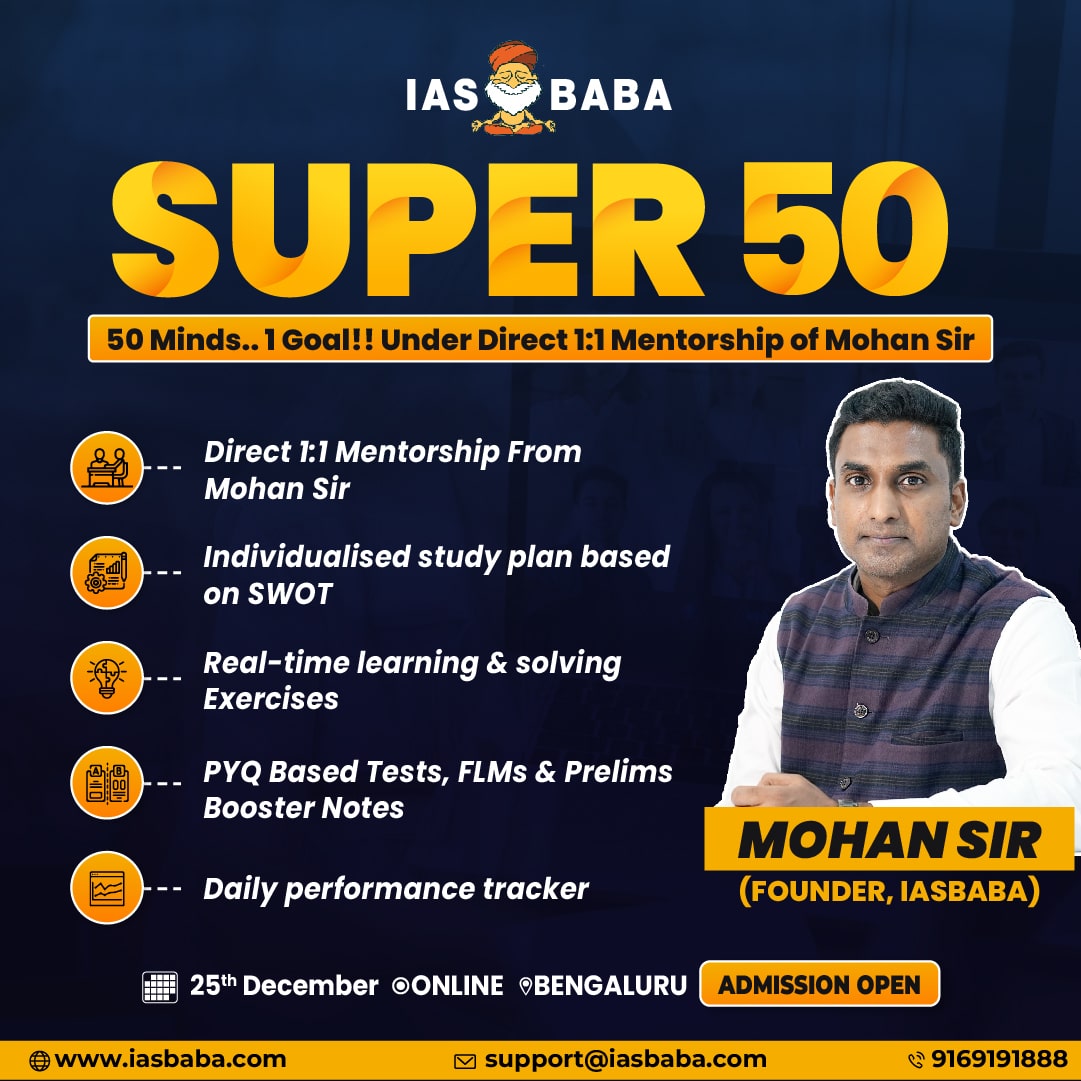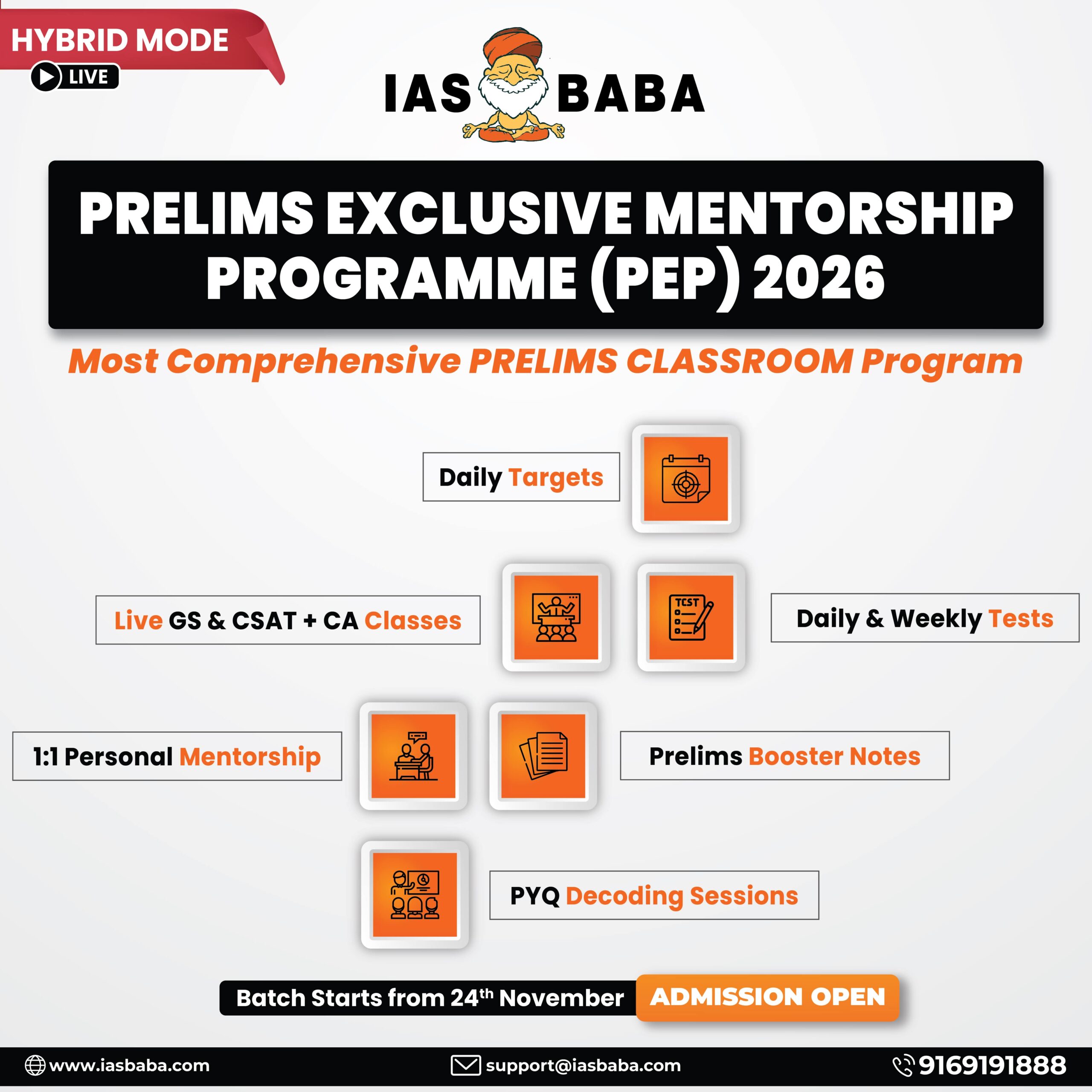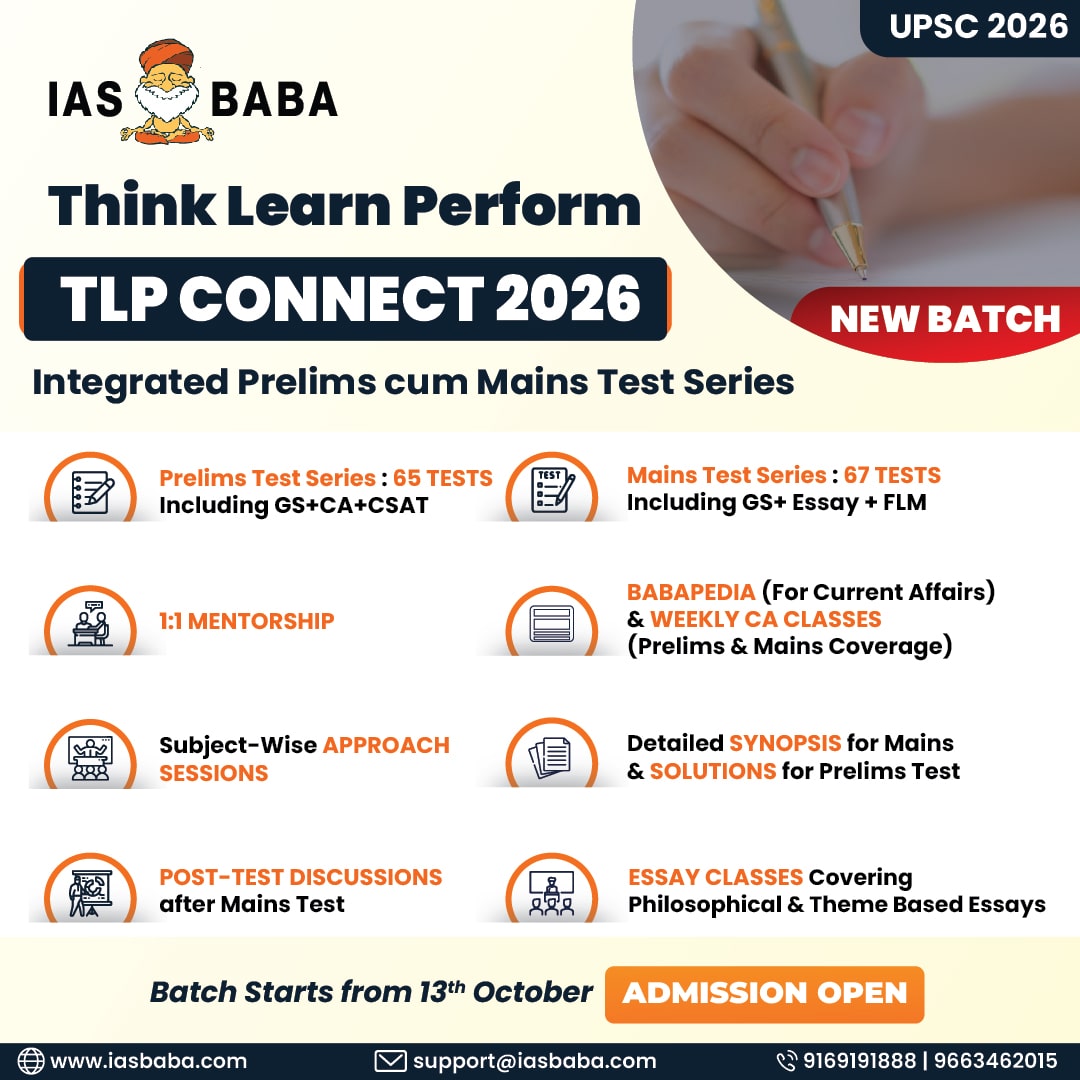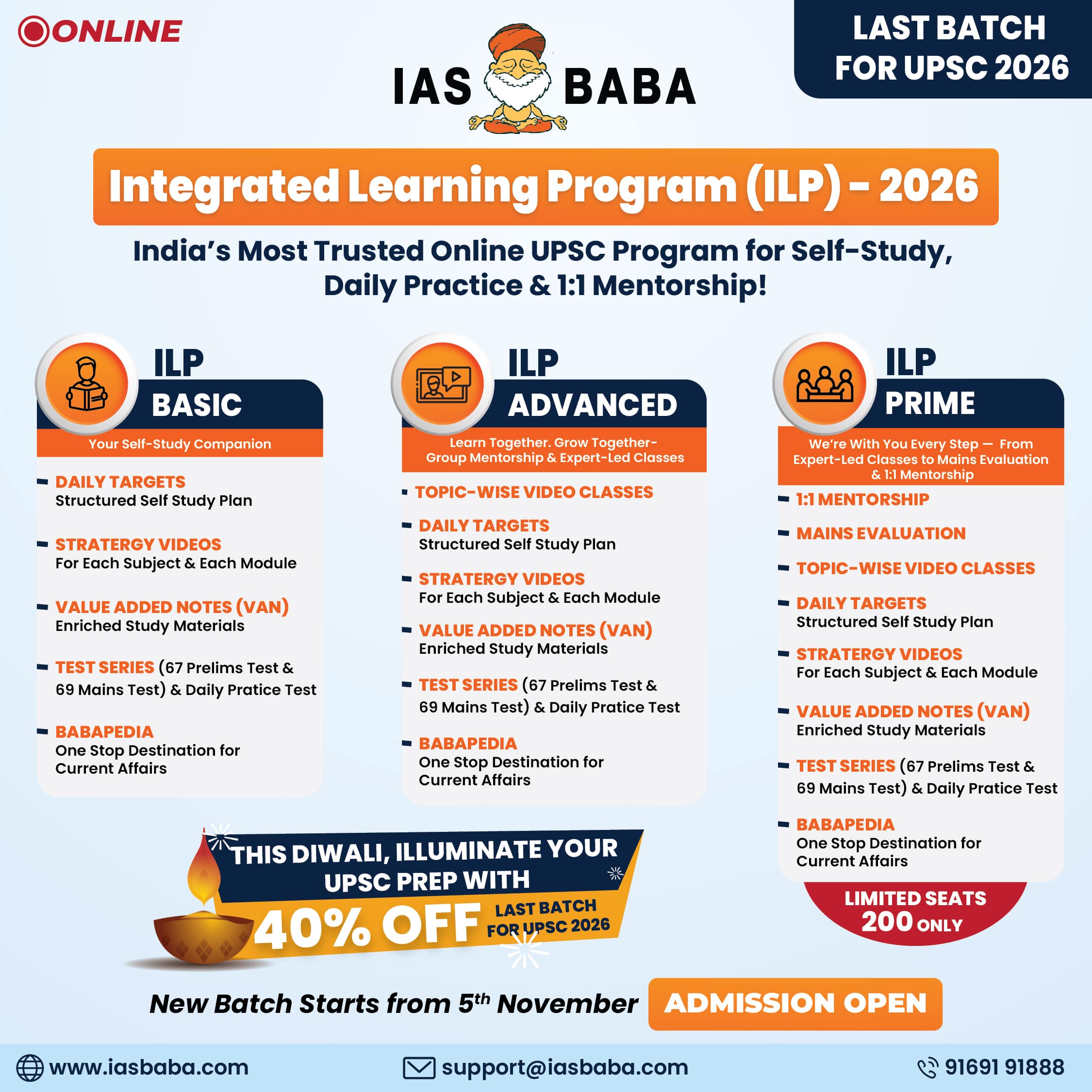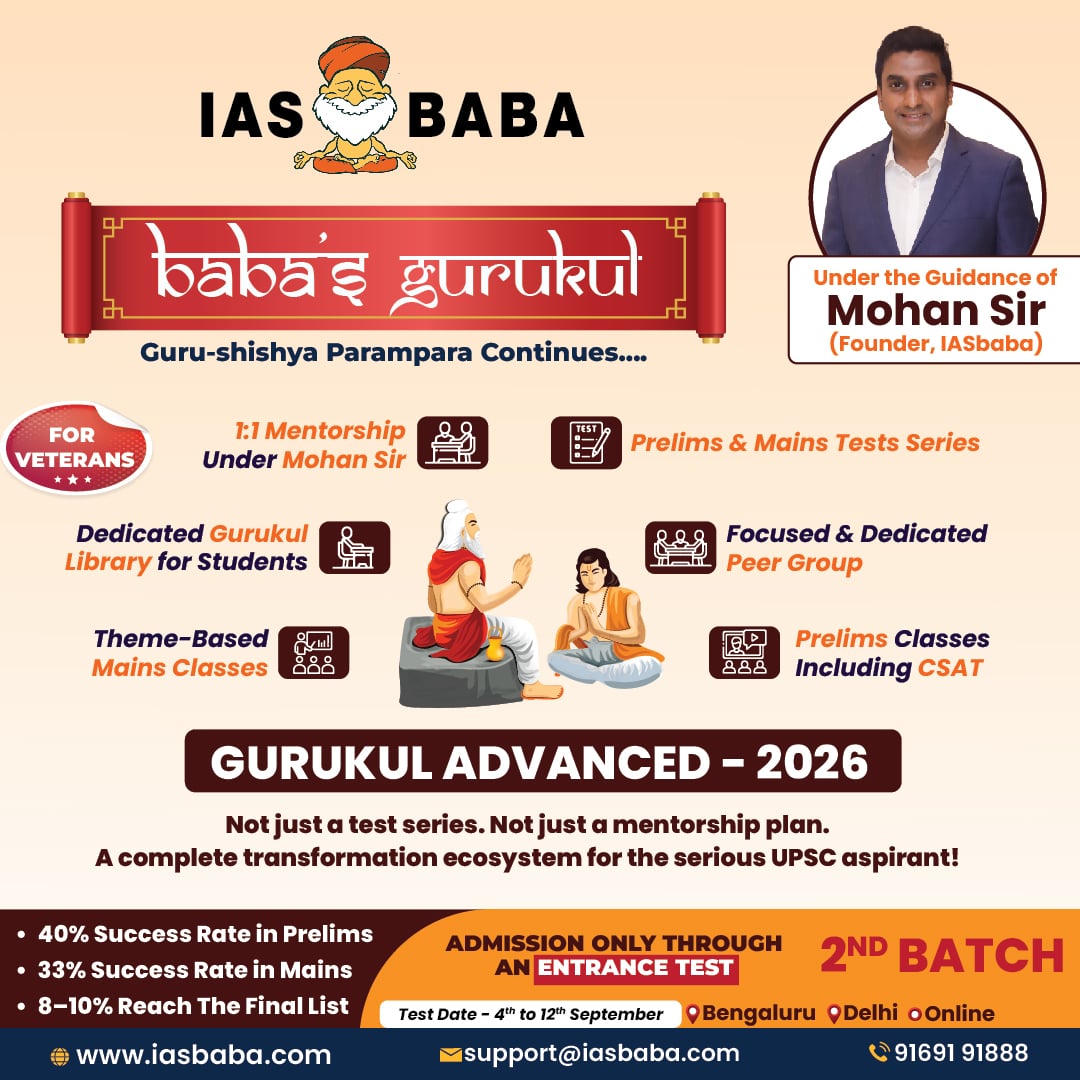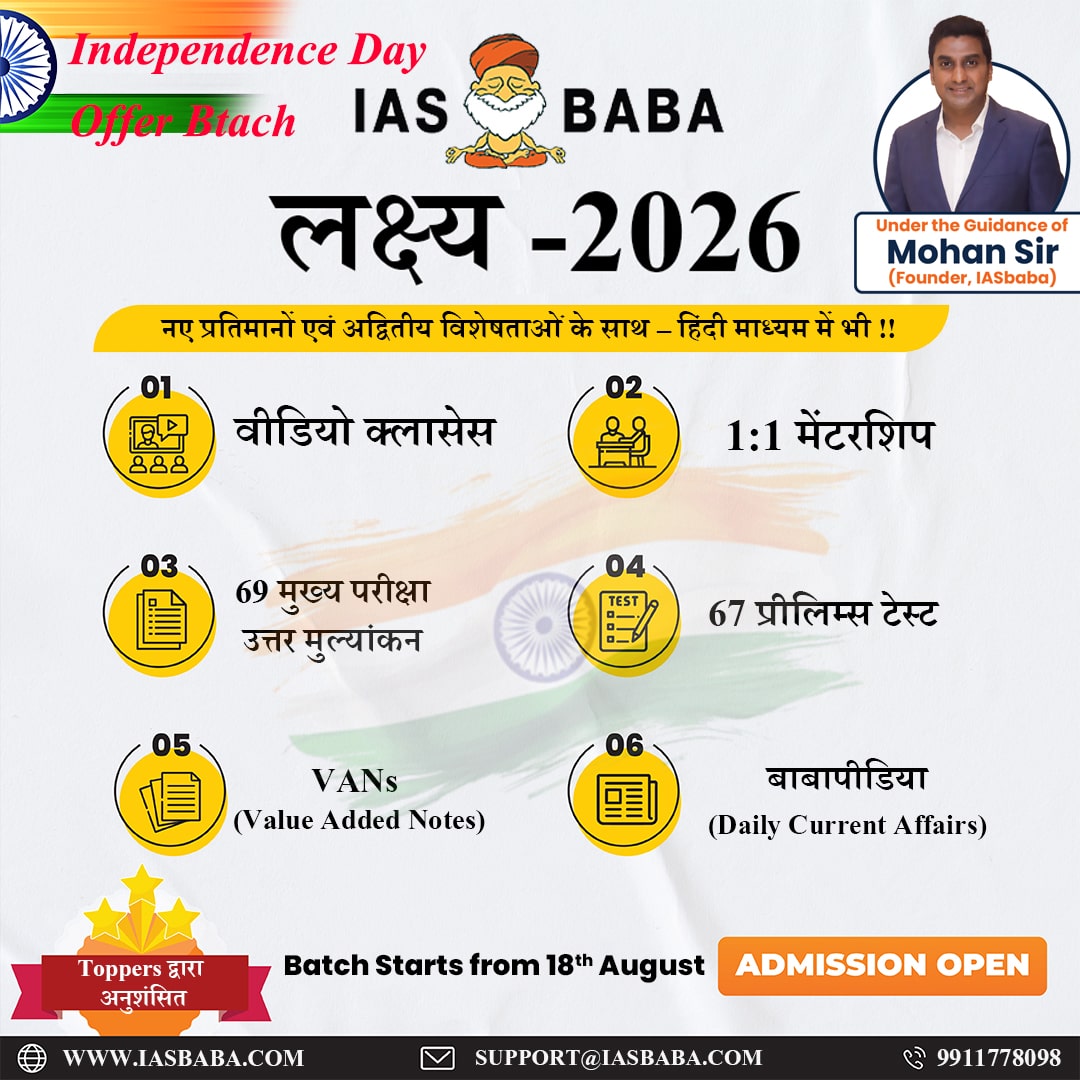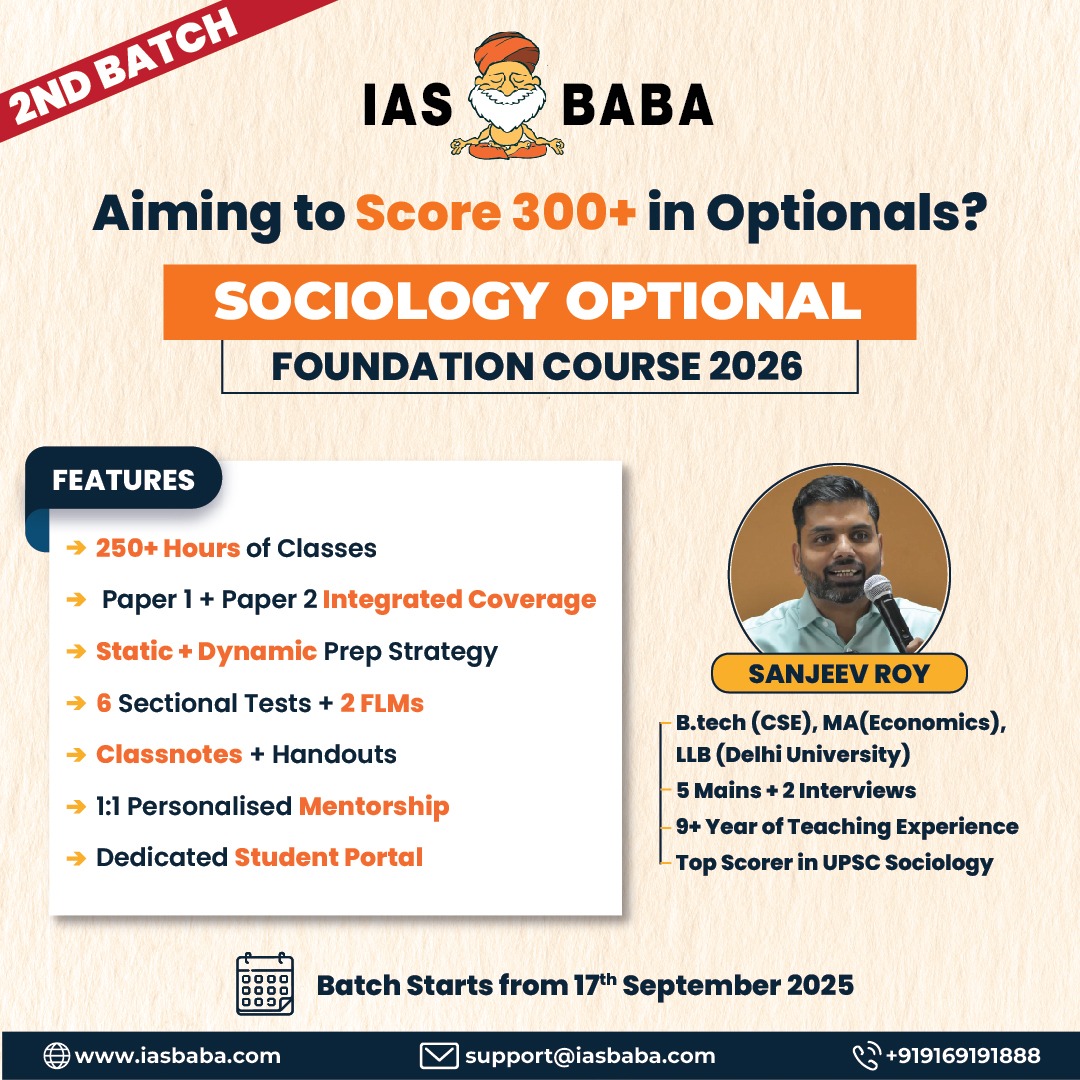IASbaba's Daily Current Affairs Analysis
Archives
(PRELIMS & MAINS Focus)
Category: GEOGRAPHY
Context: Prime Minister Narendra Modi inaugurated the Vizhinjam International Seaport in Kerala.
Decoding the context: This is the first Greenfield port project in India, initiated by a state Government with an investment exceeding ₹18,000 crores.
Learning Corner:
Vizhinjam International Seaport – Key Facts
- Location: Vizhinjam, near Thiruvananthapuram, Kerala
- Development Model: Public-Private Partnership (PPP) on a Design, Build, Finance, Operate, and Transfer (DBFOT) basis.
- Kerala government holds 61.5% stake, Adani Ports and SEZ Ltd (APSEZ) operates it, with a 28.9% stake, and the Union government holds 9.6%.
Strategic and Operational Significance
- India’s First Deepwater Transshipment Port: Designed to handle ultra-large container ships (ULCS) exceeding 24,000 TEUs.
- Proximity to Shipping Lanes: Located just 10 nautical miles from the east-west international shipping route connecting Europe, the Persian Gulf, and East Asia.
- Without a deepwater transhipment port in the country, 75 per cent of India’s transhipment cargo comes through foreign ports like Colombo in Sri Lanka, Singapore, and Jebel Ali in the UAE. This results in longer transit times and delays for domestic traders, costing them an additional $80 to $100 per container.
- Natural Depth: Boasts a natural depth of 24 meters, minimizing dredging requirements.
Source : Hindustan Times
Category: ENVIRONMENT
Context: The Government of Karnataka issued the final notification of the Greater Hesaraghatta Grassland Conservation Reserve recently.
Decoding the context: The grassland region in Hesaraghatta forms a unique ecosystem close to Bengaluru and supports numerous species of flora and fauna, many of which are endangered.
Learning Corner:
- India’s network of Conservation Reserves represents a strategic addition to its protected area system, providing legal protection to lands that link existing wildlife habitats, buffer national parks and sanctuaries, or preserve unique ecosystems.
- Introduced by the Wildlife (Protection) Amendment Act, 2002, Section 36A empowers State Governments to declare government-owned lands as Conservation Reserves after consulting local communities.
- Management: Overseen by a Conservation Reserve Management Committee, including forest officials, local panchayat members, NGOs, and agriculture/animal husbandry representatives.
- Community Role: Permits traditional activities (e.g., grazing, firewood collection);
Significance
- Habitat Connectivity: Serve as wildlife corridors to reduce habitat fragmentation.
- Buffer Zones: Cushion core protected areas from anthropogenic pressure.
- Community Participation: Mandates local involvement in both declaration and management, fostering stakeholder ownership.
- Ecosystem Preservation: Enables protection of unique habitats (e.g., grasslands, wetlands) not covered by national parks or sanctuaries.
Source : The Hindu
Category: ART & CULTURE
Context: The vibrant and deeply spiritual folk festival of Ramman was celebrated in Uttarakhand recently.
Decoding the context: Combining theatre, music, historical reconstructions, and traditional oral and written tales, the Ramman is a multiform cultural event that reflects the environmental, spiritual and cultural concept of the community, recounting its founding myths and strengthening its sense of self-worth.
Learning Corner:
- Ramman is a religious festival and ritual theatre celebrated annually in the twin villages of Saloor-Dungra, Chamoli district, Uttarakhand, in the Garhwal Himalayas.
- Inscribed in 2009 on UNESCO’s Representative List of the Intangible Cultural Heritage of Humanity.
- It is unique to these villages and not replicated elsewhere in the Himalayan region.
Key Features
- Timing: Held in late April, typically 9th or 11th day after Baisakhi (Sankranti), marking the Hindu Solar New Year and harvest season;
- Rituals: Involves recitation of the Ramayana, masked dances, and singing of Jagar (local legends).
- Deity: Dedicated to Bhumiyal Devta (Bhumichetrapal), the village deity, with performances in the courtyard of his temple; the deity is taken in a procession and resides in a selected village household for the year.
Cultural Significance
- Community Unity: All castes participate, fostering social cohesion; roles are caste-specific (e.g., Brahmins lead prayers, Bhandaris wear the sacred Narasimha mask).
- Heritage Preservation: Over 500 years old, Ramman blends oral, visual, and kinetic traditions, reflecting Garhwali life, faith, and history through performances like Maal Nritya (historical battles) and Koorjogi (communal weed removal).
Source : The statesman
Category: NATIONAL
Context: Expressing concern over the fallout of Operation Kagar,, the CPI(M) Polit Bureau in a statement said that the government must ensure that no innocent lives are lost.
Decoding the context: Operation Kagar launched by the central government to eliminate Maoists.
Learning Corner:
- India’s Operation Kagar is a large-scale, multi-agency counter-insurgency initiative launched by the Union Home Ministry in 2024 to eradicate Maoist (Naxalite) influence across the “Red Corridor,” primarily in Chhattisgarh, Telangana, Odisha, and Jharkhand.
- “Kagar” signifies a “final mission” to dismantle the extremist network.
- It mobilizes over 100,000 security personnel—including the CRPF, CoBRA units, District Reserve Guards and state police—supported by drones, AI-enabled surveillance, and satellite imagery.
- Four pronged strategy
- Establish Forward Operating Bases deep within insurgent strongholds.
- Build Fortified Police Stations to secure reclaimed areas.
- Deploy High-Tech Surveillance (drones, AI analytics, satellite imagery).
- Generous Surrender Policy encouraging defectors.
Source : The Hindu
Category: POLITY
Context: The Vice President of India, Jagdeep Dhankhar, has emphasized that PMBs serve as a “gold mine” for India’s legislative landscape, offering forward-looking solutions to contemporary issues.
Decoding the context: Since Independence, only 14 PMBs have been passed and received presidential assent and none has cleared both Houses since 1970.
In the 18th Lok Sabha, only 20 MPs have introduced PMBs so far. During the inaugural and Budget Sessions of 2024, 64 PMBs were introduced in the Lok Sabha, but not a single one was discussed.
Learning Corner:
- FA Private Member’s Bill is a legislative proposal introduced by a Member of Parliament (MP) who is not a minister. These bills reflect the individual MP’s views, not that of the government.
Key Features
- Introduced by any MP who is not a Minister (i.e., private member).
- Aimed at legislative intervention in areas the MP feels require attention.
- Drafted by the MP or with help from legal experts.
- Admissibility decided by the Presiding Officer (Speaker in Lok Sabha; Chairman in Rajya Sabha).
- Allocated time: Fridays are reserved in both Houses for discussion of PMBs.
| Year | Bill | Introduced By | Outcome |
| 1956 | Hindu Marriage (Amendment) Bill | Anand Narain Mulla | Passed – first ever PMB to become law |
| 1969 | Proceedings of Legislature (Protection of Publication) Bill | Piloo Mody | Passed |
| 2015 | Rights of Transgender Persons Bill | Tiruchi Siva (Rajya Sabha) | Passed in RS (not LS) – led to govt bill later |
| 2019 | Protection of Rights of Women in Marriage Bill | K.J. Alphons | Not passed – generated debate on marital rape |
Procedure
- Notice period: A private member must give at least one month’s notice.
- The bill is then listed for introduction, followed by discussion and voting, similar to government bills.
- Rarely passed – mostly used to highlight issues, pressure the government, or start debate.
Constitutional & Parliamentary Provisions
- Article 107: Defines the procedure of introducing bills in Parliament.
- Rules of Procedure and Conduct of Business (Lok Sabha Rules 66–69; Rajya Sabha Rules 62–67) deal with PMBs.
Source : The Hindu
Practice MCQs
Q1.The first Private Member’s Bill to become a law in independent India was related to:
A. Hindu Marriage Act Amendment
B. Anti-defection Law
C. Lokpal Bill
D. Right to Education
Q2. With reference to “Operation Kagar”, recently seen in news, consider the following statements:
- It is a multi-agency counter-insurgency operation aimed at dismantling Maoist networks across multiple states.
- The operation is limited to the states of Chhattisgarh and Jharkhand only.
- It involves the use of advanced surveillance technologies like drones and satellite imagery.
- Operation Kagar includes a component offering surrender and rehabilitation options to Maoist cadres.
Which of the statements given above are correct?
A. 1 and 2 only
B. 1, 3 and 4 only
C. 2 and 3 only
D. 1, 2, 3 and 4
Q3.Which of the following statements about the Ramman Festival is/are correct?
- It is recognized by UNESCO as part of the Intangible Cultural Heritage of Humanity.
- It is celebrated in multiple villages across the Eastern Himalayas.
- The festival includes ritual theatre, masked dances, and the recitation of epics like the Ramayana.
- The main deity worshipped during the festival is Bhumiyal Devta.
Select the correct answer using the code below:
A. 1, 2 and 3 only
B. 1, 3 and 4 only
C. 2 and 4 only
D. 1, 2, 3 and 4
Comment the answers to the above questions in the comment section below!!
ANSWERS FOR ’ Today’s – Daily Practice MCQs’ will be updated along with tomorrow’s Daily Current Affairs
ANSWERS FOR 2nd May – Daily Practice MCQs
Q.1) – c
Q.2) – c
Q.3) – c

